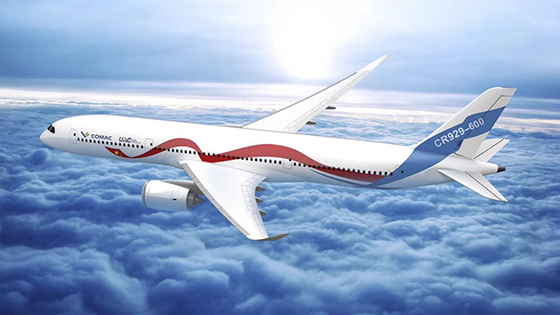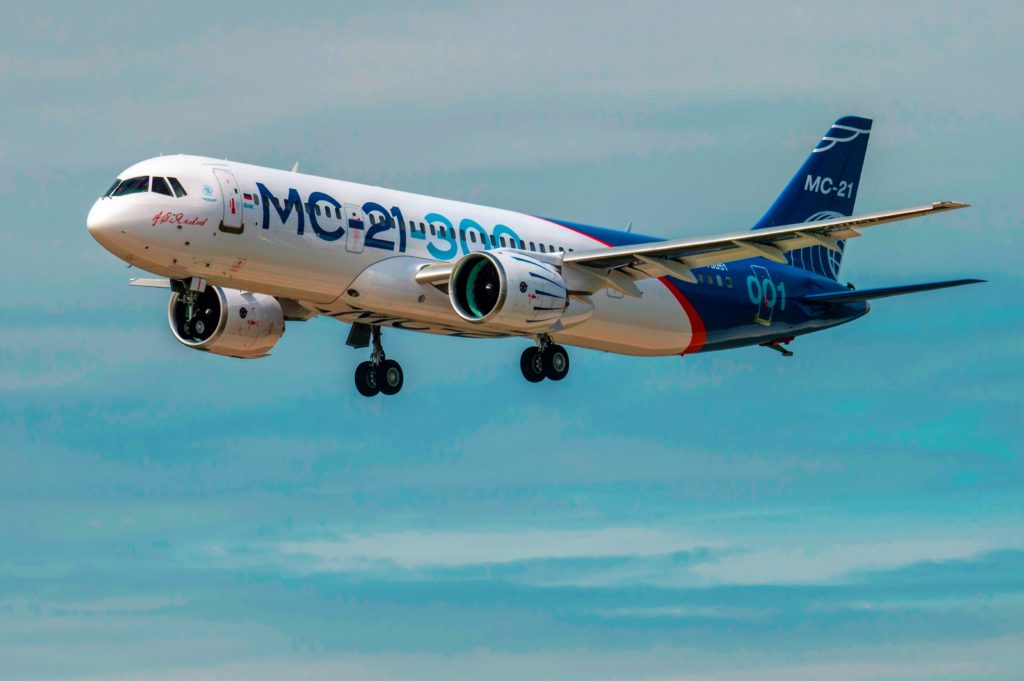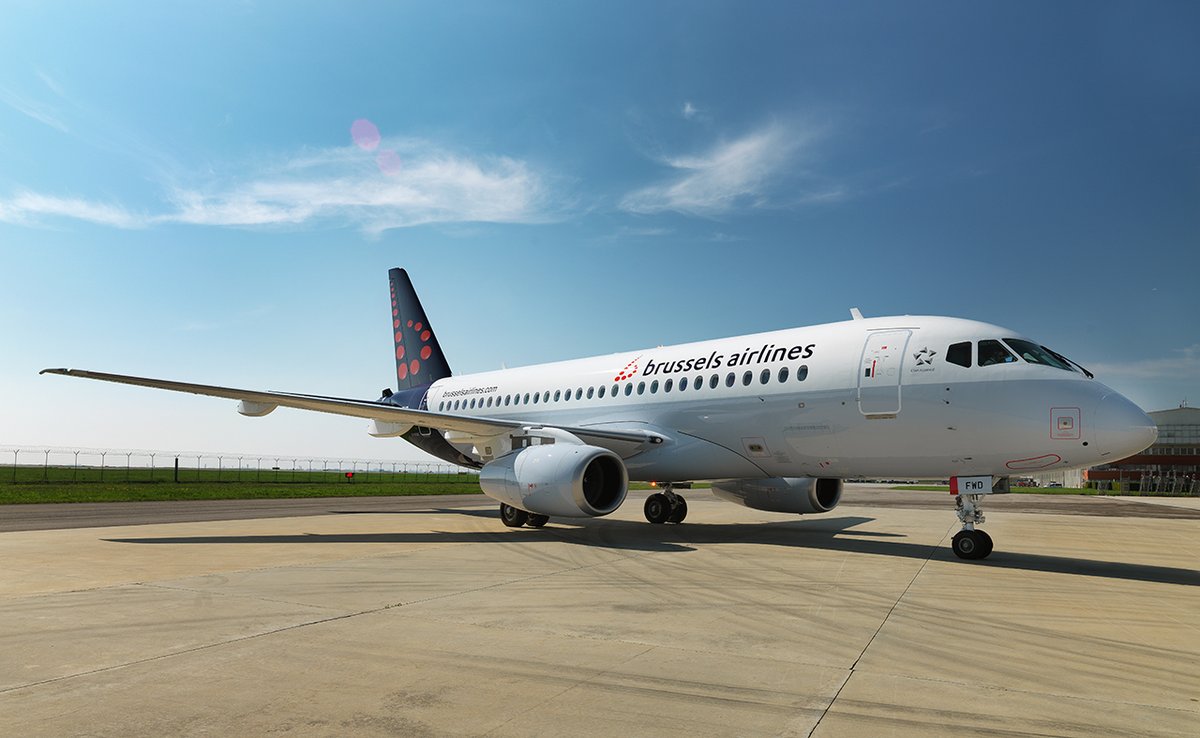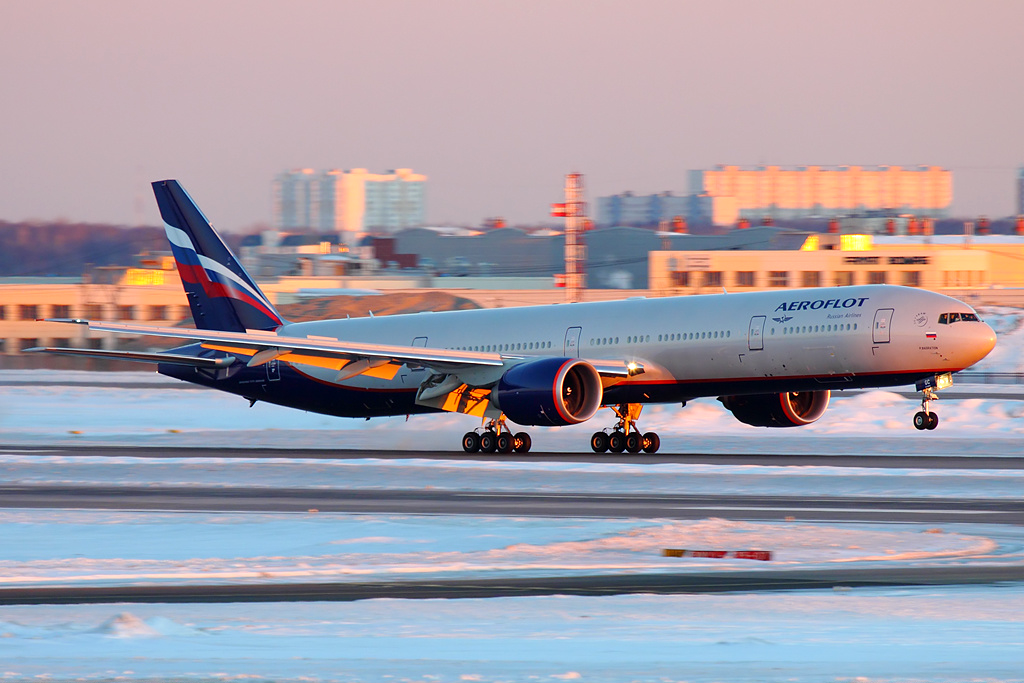Leeham News and Analysis
There's more to real news than a news release.
Leeham News and Analysis
Next Sukhoi Superjet is a 75 seater
By Bjorn Fehrm
February 7, 2018, ©. Leeham Co: The President of Sukhoi Civil AirCraft (SCAC), Alexander Rubtsov (who is also the Sales and Marketing Manager of the civil aircraft division of Russia’s United Aircraft, UAC), told Flight Global at the Singapore Air Show there has been a decision to develop a 75-seat version of Sukhoi SuperJet (SSJ).
Sukhoi and United Aircraft have studied whether to develop a larger or smaller version of the SSJ. A Russian order for 100 of the smaller model tipped the decision to the 75-seat model.
Posted on February 7, 2018 by Bjorn Fehrm
Chinese and Russian Widebody takes shape. Part 4.
By Bjorn Fehrm
Subscription Required
Introduction
February 1, 2018, © Leeham Co.: In the third article about the Chinese/Russian widebody, CR929, we looked at the challenges the aircraft poses to the involved manufacturers. Now we continue with analyzing the project’s engine needs.
The CR929 is sized to use engines from the Boeing 787 project. Both GE Aviation and Rolls-Royce got Request for Proposals (RFPs) on 22 Dec. 2017. In addition, the Russian and Chinese engine industry wants to develop an engine for the project.
Summary:
- The Chinese and Russian widebody program needs engines in the 75,000lbf thrust class.
- The project’s engine specification is closely modeled after the engines available from the Boeing 787 project.
- In addition to the available 787 engines, the Chinese and Russian engine industry is trying to unite behind a joint engine proposal.
Posted on February 1, 2018 by Bjorn Fehrm
Chinese and Russian Widebody takes shape. Part 3.
By Bjorn Fehrm
Subscription Required
Introduction
January 25, 2018, © Leeham Co.: In the second article about the new Chinese/Russian widebody, CR929, we looked at the size of the aircraft and its passenger capacity. The CR929 can be best described as a shorter range version of Boeing’s 787-9. We also presented the chosen technologies for the project.
Now we continue and look at the challenges the aircraft poses to the involved manufacturers. Neither of them (COMAC of China and United Aircraft of Russia) have developed and certified an aircraft like the CR929 before.
 Summary:
Summary:
- The Chinese and Russian widebody program has high ambitions. The structure shall be composites and the systems state of the art.
- We now go through the aircraft’s chosen technologies and review what experience base the Chinese and Russian aeronautical industry has and what challenges they will face. Read more
Posted on January 25, 2018 by Bjorn Fehrm
Chinese and Russian Widebody takes shape: Part 2.
By Bjorn Fehrm
Subscription Required
Introduction
January 18, 2018, © Leeham Co.: In the first article about the Chinese/Russian widebody, the CR929, we described the route to a joint program company and the launch of the project.
We now analyze the aircraft, based on available information. With the information, it’s possible to model the aircraft in our performance model and get the first understanding of performance and efficiency.
 Summary:
Summary:
- The CR929-600 is closely modelled after the Boeing 787-9. The overall design and dimensions are similar.
- The major difference to the 787-9 is in cabin width, allowing comfortable nine abreast seating, and the Maximum Take-Off Weight (MTOW).
- The decision to design CR929-600 for a lower MTOW has restricted range to 6,500nm with the nominal cabin capacity of 280 passengers.
Posted on January 18, 2018 by Bjorn Fehrm
Chinese and Russian Widebody Project takes shape
By Bjorn Fehrm
Subscription Required
Introduction
January 15, 2018, © Leeham Co.: The Chinese and Russian Widebody program started in earnest over the last year. After signing a joint venture agreement in 2016, the project now has a joint management company, CRAIC, formed 22nd of May 2017, and standing for China-Russia Commercial Aircraft International Corporation.
The company will have final assembly and management located in Shanghai. The aircraft has also got its final name, CR929-600. It will hold 280 passengers in a three-class cabin with a range of 6,500nm, Figure 1.

Figure 1. The CRAIC CR929-600, the main aircraft in the Chinese-Russian widebody program. Source: CRAIC.
Summary:
- The Chinese and Russian widebody program has taken off after the joint company was established spring 2017.
- The organization of the company is set, with the Chinese taking the rudder by the power of a five times larger market and economy and a 10 times larger population.
- The joint company, CRAIC, issued its first vendor RFP to GE and Rolls-Royce before Christmas for the aircraft’s propulsion system.
Read more
Posted on January 15, 2018 by Bjorn Fehrm
US ponders Russia sanctions, some affecting US aerospace
 Oct. 27, 2017, © Leeham Co.: The US is considering new trade sanctions against Russia, and Russia is considering retaliatory sanctions, that could have major implications in US aerospace—including on Boeing.
Oct. 27, 2017, © Leeham Co.: The US is considering new trade sanctions against Russia, and Russia is considering retaliatory sanctions, that could have major implications in US aerospace—including on Boeing.
The US sanctions would be for meddling in the US presidential election in 2016 and for activities in Eastern Europe. The Russian sanctions are a tit-for-tat retaliation if the US sanctions are adopted.
Among the Russian companies that may be targeted:
Posted on October 27, 2017 by Scott Hamilton
MC-21 and C919 compared. Part 3.
By Bjorn Fehrm
Subscription required.
Introduction
June 15, 2017, ©. Leeham Co: We continued the comparison of Irkut’s MC-21 and COMAC’s C919 last week with an analysis of the cabins and systems. The week before, we compared project time plans, structures and aerodynamics.
 Now we finish with an analysis of the economics of the aircraft.
Now we finish with an analysis of the economics of the aircraft.
Summary:
- The MC-21 is the more advanced aircraft of the two. It uses carbon composites for the wings and empennage.
- Coupled with more refined aerodynamics, the MC-21 offers a higher efficiency than the more classical C919.
Posted on June 15, 2017 by Bjorn Fehrm
MC-21 and C919 compared. Part 2.
By Bjorn Fehrm
Subscription required.
Introduction
June 08, 2017, ©. Leeham Co: We started the comparison of Irkut’s MC-21 and COMAC’s C919 last week. We compared project time plans, structures and aerodynamics.
Now we continue with the comparison of cabin capacities and systems.
Summary:
- The C919 cabin is a slightly longer copy of the Airbus A320 cabin. MC-21 sets new standards for cabins in the single aisle segment.
- Both aircraft use Western systems to ease development and improve in-service reliability.
Posted on June 8, 2017 by Bjorn Fehrm
Airbus, Boeing, CFM, Comac, GE Aviation, Irkut, Pratt & Whitney, Premium, Rockwell Collins, United Aircraft, United Engine Corp., YAK
737, 777, 787, A350, Airbus, Boeing, C919, CFM, Comac, Irkut, MC-21, Pratt & Whitney
MC-21 and C919 compared
By Bjorn Fehrm
Subscription required.
Note: With the first flight of the Irkut MC-21 in the weekend, we move the Qantas Ultra Long Haul article Part 2 to a later date.
Introduction
June 01, 2017, ©. Leeham Co: Irkut’s MC-21 and COMAC’s C919 both completed their first flights during last month. Both are new competitors in the market’s hottest segment, that for 150 to 240 seats.
They both challenge the present rulers: Airbus’ A320 and Boeing’s 737 MAX. We made first analysis of the aircraft against their Western competition here, here and here.
We now dig deeper with a direct comparison between the MC-21 and C919 projects.
Summary:
- In the first article, we compare the projects, the structural concepts and the aerodynamics of the MC-21 and C919.
- Follow up articles will compare systems, cabins and overall performance for the aircraft.
Posted on June 1, 2017 by Bjorn Fehrm
Aeroflot, the route to a modern airline. Part 3
By Bjorn Fehrm
April 26, 2017, ©. Leeham Co: In our third article about Aeroflot, we cover the period from 2010 to today. During this period, Aeroflot started a strategic change. The airline decided to grow to a global world leader.
To get there, the group needed a multi-brand strategy. The top brand, Aeroflot, should develop into a top tier premium airline. To understand the considerable changes Aeroflot needed to go trough for this strategy, we talked to Aeroflot’s Deputy CEO Strategy and Alliances, Giorgio Callegari, about the transformation.
Callegari took us through the journey to a Four-star airline and the ranking of Aeroflot as the world strongest airline brand in its area of operation. To validate the improved ratings, we contacted Skytrax and Brand Finance, the issuers of the ratings. Read more
Posted on April 26, 2017 by Bjorn Fehrm


